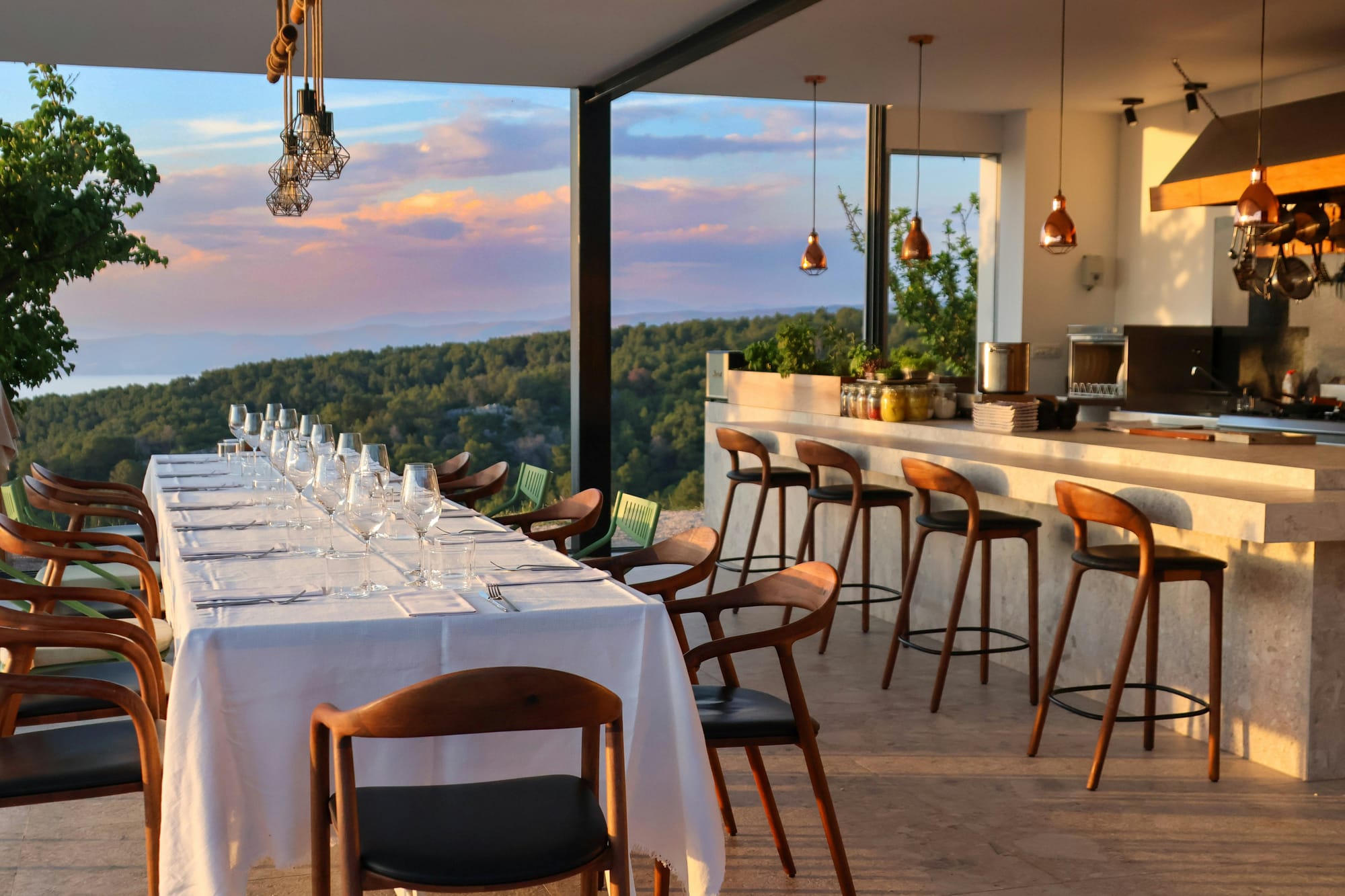You don't hear enough about Croatian wine
How much have you heard about Croatian wine? Chances are, you haven't heard a lot. But why is that? Why isn't it well-known and is it any good? Read all about Croatian wines in this post!

When you think about European wine, you think about France, Italy, and Spain. You probably don't think about Croatian wine very often. But why is that? Is Croatian wine of worse quality from French, Italian, or Spanish wine? Is there any difference? Why is Croatian wine forgotten about?
Let's dive a little deeper in this, as Croatian wine is excellent and deserves more attention!
Why don't we think of Croatian wine?

It's a little strange we don't think about Croatian as a wine-producing country more often, because the region has been making wine for about 2500 years. This makes it one of the oldest wine regions in the world!
So why isn't Croatian wine as well known? Well, for one, the country has had a complicated history in the last century. Wars, communism, and economical challenges made it very difficult to grow wine.
Another challenge for Croatian winemakers is that their wine production is much more small-scale compared to the winemakers in France, Italy, and Spain. Many small vineyard make have small batches of wine: very local.
And the last challenge for the amazing Croatian wine is simply branding and marketing. Croatian wines are often made from lesser known grape varieties that most people won't recognize. This doesn't mean they taste bad, but it's more complicated to sell than a Sauvignon Blanc or a Merlot.
What does Croatian wine taste like?

And especially, how does it differ from the more famous wines from France, Italy, and Spain?
Croatia is a unique country, with different wine regions. You've got the coastal region of Dalmatia, the Tuscan-like Istria, the continental Slavonia, and the Croatian uplands. All these different regions create their own unique types of wine.
In Dalmatia, with its coastal vineyards and Mediterranean climate, you'll find powerful red wines like Plavac Mali. It's related to the Zinfandel grape, and makes for a similar, powerful, red wine.
In Istria, the Tuscany of Croatia, you'll find Malvazija Istarska (a white wine) and Teran (a red wine).
In Slavonia and the Croatian Danube, you'll find high-quality white wines such as Graševina.
And in the Croatian uplands, where it's cooler during the year, you'll find great aromatic and sparkling wines, much like German Riesling.
What food does Croatian wine pair well with?

Croatian wines are very diverse, so you can pair it with all kinds of food. However, the best pairing come from local wines and local food: the way it's meant to be.
Plavac Mali and Dingač
A powerful wine like Plavac Mali, but also Dingač, pairs really well with Pašticada, a rich, slow-cooked beef stew, often served with gnocchi.
An alternative dish is another meaty dish: Janjetina ispod peke. It's a traditional dish of meat (usually lamb or veal) and vegetables cooked under a bell-like dome. The meat is slow-cooked, so the strong flavors of the dish and the wine complement each other.
These hearty dishes complement the rich red wine perfectly.
Malvazija Istarska
If you've got one of Istria's best wines, Malvazija Istarska, then you'll want to pair it with Fuži with Truffles. This is a pasta dish from Istria, often served with truffle sauce, and pairs well with the freshness of Malvazija Istarska.
If you're not in the mood for pasta, you can still drink the light wine with a fresh Adriatic fish.
Graševina
Graševina, the high-quality white wine, is a great pairing with Štrukli, a traditional pastry filled with cheese, often served baked or boiled. This cheesy goodness pairs well with the slightly acidic profile of Graševina.
If you'd rather have local Slovonian roast pork, you can! Graševina is a great balance with its fruitiness and the two won't overpower each other.
Teran
If you thought we were done with the Istrian wines, I've got news for you! Istria doesn't just offer amazing white wines, but also robost and spicy red ones.
A great food pairing with Teran is Istrian Maneštra, a hearty bean and vegetable soup with smoked meats. The bold and spicy wine is a perfect addition to the strong flavors of the Maneštra.
Not a fan of soup? Istria also has an amazing dry-cured ham called Pršut. This dry-cured ham, paired with the robust red Teran is often used as a flavorful appetizer.
Pošip
As we get closer to the Mediterranean Sea, we'll find more seafood. High-quality seafood deserves a high-quality, fresh, white wine pairing.
One of those pairings to the fresh white wine with citrus notes is a fresh seafood Risotto. The citrusy white Pošip is a nice pairing with the creamy and savory Risotto. It'll leave you feeling good and content, rather than overly full. The fresh wine cuts right through the creamy food.
Not a fan of Risotto? No problem! The bright Pošip is a beautiful pairing with grilled squid. It doesn't cut through the dish, but enhances its flavor.
How do Croatians view their own wine?

With such a long and rich wine history, it shouldn't come as a surprise that wine has a very important place in Croatian culture.
There are many local wine festivals, celebrating traditional winemaking techniques. With so many of the vineyards, being family-owned, wine is a family affair.